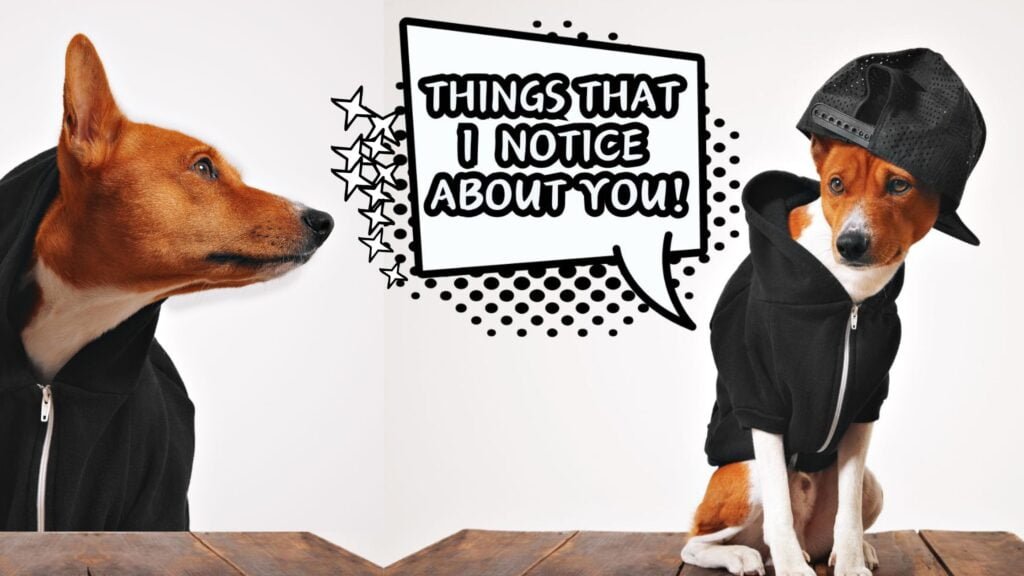Training a senior dog requires patience, adaptability, and a deep understanding of their changing needs. Unlike puppies, older dogs may face physical limitations, cognitive decline, or ingrained habits that require a gentler approach.
The key difference lies in prioritizing comfort, shorter sessions, and positive reinforcement tailored to their pace. Whether it’s arthritis slowing them down or hearing loss affecting commands, adjustments ensure they stay engaged and happy. With the right techniques, senior dogs can still learn new tricks—just in a way that respects their golden years.

UNDERSTANDING THE SENIOR DOG’S NEEDS
Senior dogs aren’t just older versions of their younger selves—they have unique challenges that require thoughtful adjustments. Their bodies and minds change, meaning training methods must evolve too. Paying attention to their individual needs ensures they stay happy and engaged. Ignoring these changes can lead to frustration for both dog and owner. The key is flexibility, patience, and a willingness to adapt.
Physical Limitations and Adjustments
Senior dogs often deal with arthritis, reduced mobility, or fatigue, making high-energy drills impractical. Instead, opt for low-impact exercises like gentle walks or seated commands. Shorter training sessions (5-10 minutes) prevent exhaustion while keeping their minds active. Always watch for signs of discomfort—limping or reluctance means it’s time to stop.
Hydration and soft surfaces (like carpets) help them stay comfortable. Avoid repetitive motions that strain joints, and consider ramps instead of stairs. Warm-up stretches before training can also help loosen stiff muscles. If your dog tires easily, break sessions into even smaller chunks. The goal is to keep them moving without causing pain.
Cognitive Changes in Aging Dogs
Older dogs may experience canine cognitive dysfunction (similar to dementia), leading to confusion or forgetfulness. Use clear, consistent cues and avoid overwhelming them with too many commands at once. Scent games and puzzle toys stimulate their brain without frustration.
Repetition is key, but patience is even more important—celebrate small wins! If they seem disoriented, guide them gently rather than scolding. Keep training areas familiar and free of distractions. Sudden changes in routine can be stressful, so stick to a predictable schedule. Positive reinforcement helps rebuild confidence if they seem anxious.
The Role of Diet in the Training for a Senior Dog
A senior dog’s diet impacts their energy and focus. High-quality, easily digestible food supports joint health and mental sharpness. Use small, healthy treats (like lean meat or sweet potato bites) to motivate without overfeeding. If your dog has dental issues, soft treats work best.
Always consult your vet for dietary tweaks that aid training. Some seniors may need supplements like fish oil for brain health. Avoid sugary or fatty treats that could upset their stomach. Fresh water should always be available to prevent dehydration.
🔑 Key Points: Adapt Training to Their Needs! Senior dogs face physical and cognitive changes that require gentler, more flexible training methods. Tailor your approach to their unique limitations and abilities.
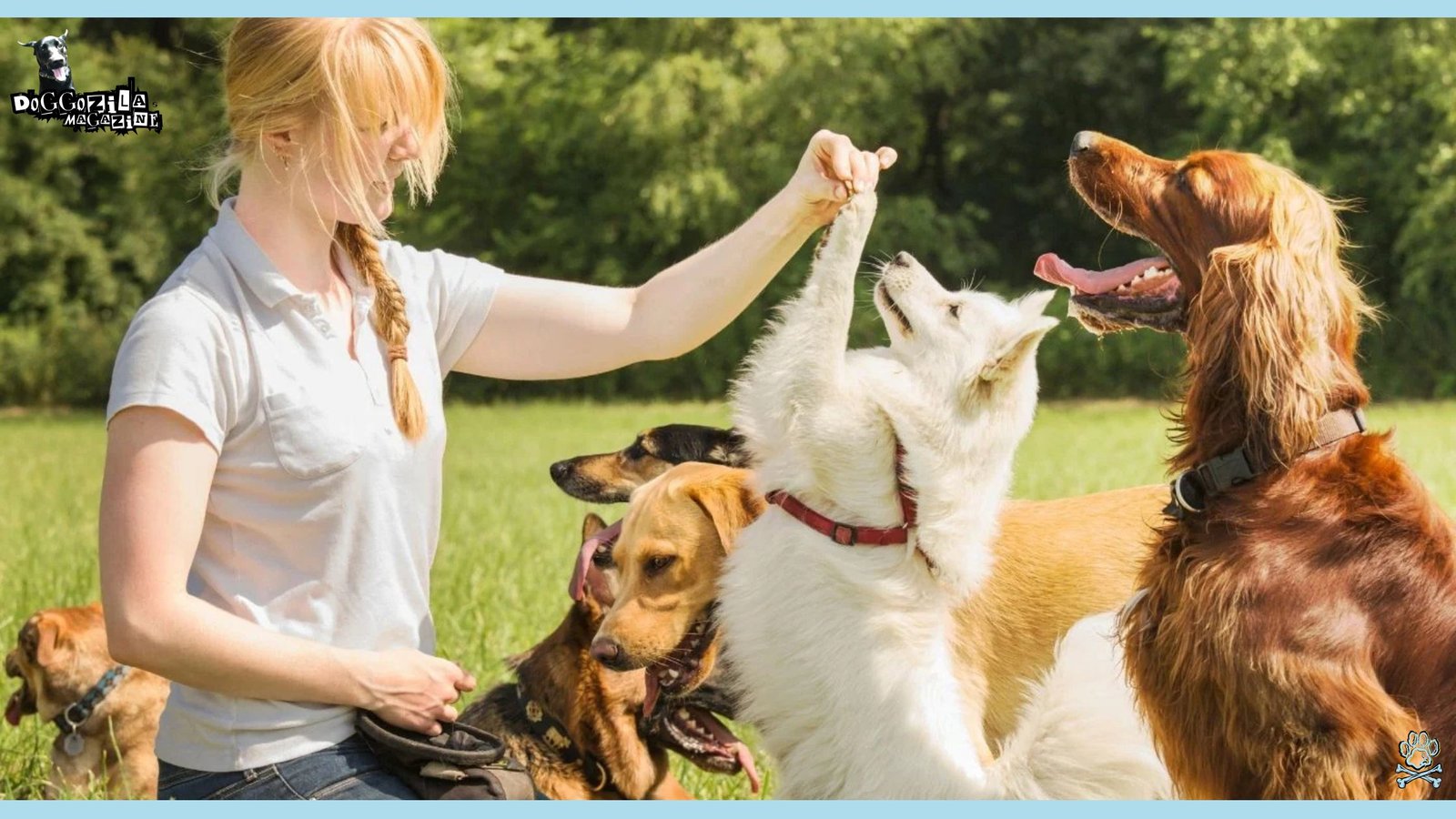
KEY DIFFERENCES IN SENIOR DOG TRAINING
Training an older dog isn’t about pushing limits—it’s about working within them. Their learning pace is slower, and their stamina isn’t what it used to be. That doesn’t mean they can’t learn; it just means your approach must change. Focus on maintaining skills rather than teaching complex new ones. Celebrate progress, no matter how small, and keep sessions enjoyable.
Slower Pace, Bigger Rewards
Puppies learn quickly, but seniors need more time to process commands. Break tasks into smaller steps and reward frequently—even for slight progress. Praise and affection matter just as much as treats. If they struggle, revisit basics without frustration.
The goal is confidence, not speed. Older dogs thrive on encouragement, so be generous with rewards. Keep verbal praise warm and enthusiastic. If they lose interest, switch to a different activity. End sessions before they get tired or bored.
Adapting to Sensory Loss
Dogs with fading eyesight or hearing need modified signals. For deaf dogs, use hand signals or vibrations (like tapping the floor). Blind dogs rely on verbal cues and scent markers. Always approach them gently to avoid startling them.
Training builds trust in their changing world. Avoid rearranging furniture if your dog is vision-impaired. Use textured mats to mark important areas. Be patient if they take longer to respond—they’re doing their best.
Emphasizing Comfort Over Precision
While a young dog might master “roll over,” a senior may find it painful. Focus on useful, comfortable commands like “touch” (nose-to-hand) or “settle.” If they can’t sit, try “stand-stay.”
Their comfort always comes first—training should never cause strain. Modify tricks to suit their abilities—maybe a “high five” instead of a full jump. Watch for signs of stiffness or discomfort. Adjust exercises based on their daily energy levels.
🔑 Key Points: Keep Sessions Short and Positive! Older dogs learn best with brief (5–10 minute) training sessions spread throughout the day. End on a high note to keep them motivated and happy.
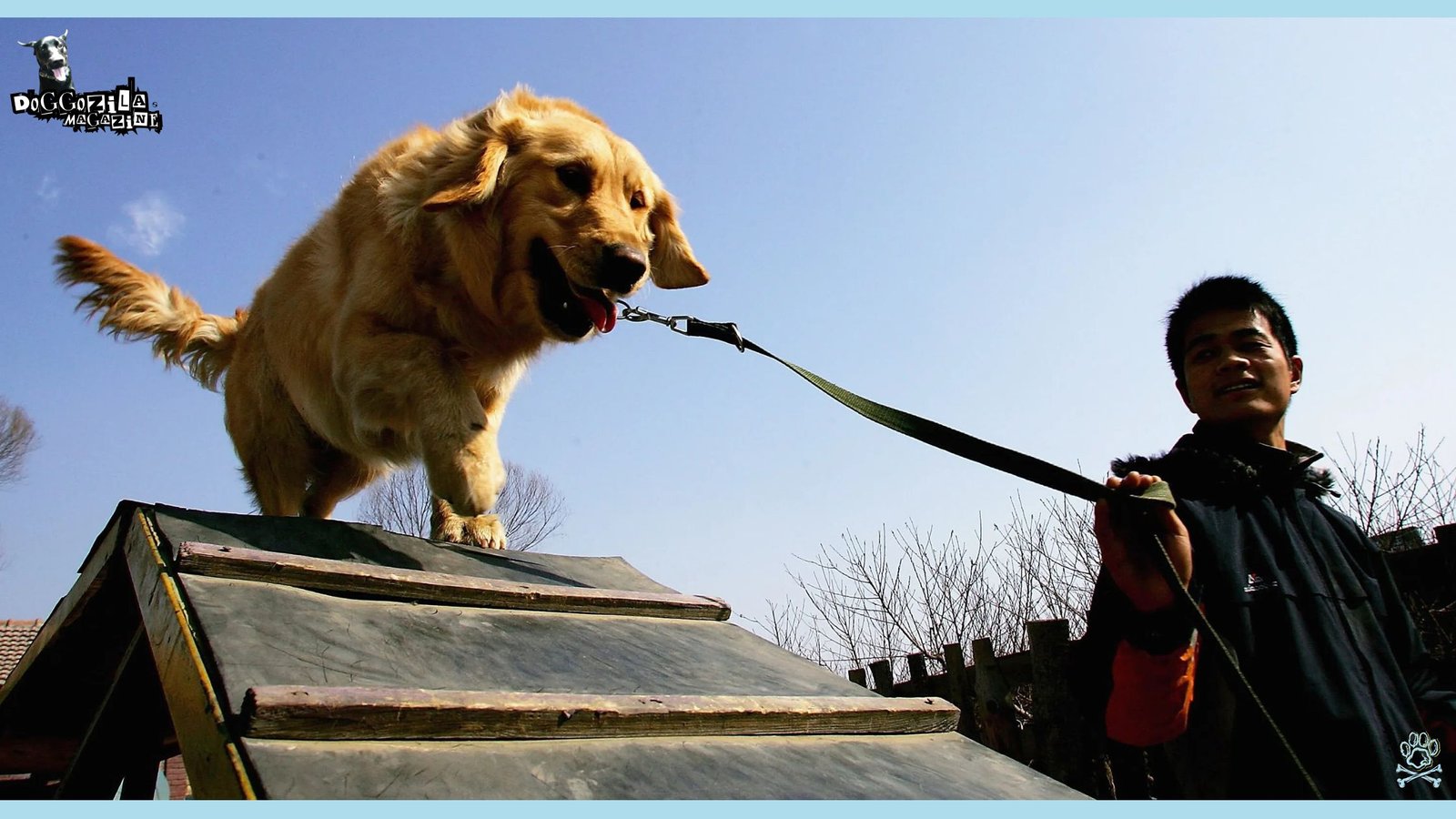
FUN AND EFFECTIVE TIPS FOR TRAINING A SENIOR DOG
Training a senior dog should be enjoyable, not stressful. Keep things light, fun, and rewarding for both of you. Short, positive sessions create a better experience than long, demanding ones. Focus on bonding as much as obedience. A happy dog is a willing learner!
Old dog can learn new tricks! – Fact!
Keep Sessions Short and Sweet when Training a Senior Dog
Long sessions frustrate older dogs. Five-minute bursts of training, spread throughout the day, work best. End on a positive note—even if it’s just one successful “paw shake.” Consistency matters more than marathon drills.
Always quit while they’re still engaged. Multiple mini-sessions reinforce learning better than one long one. Watch for signs of fatigue, like lagging attention. Adjust timing based on their mood and energy.
Use Their Favorite Motivators
Some seniors lose interest in treats but love toys or praise. Experiment to find what excites them—maybe a belly rub or a favorite squeaky ball. If food-motivated, try high-value rewards like cheese or liver bites. Rotate rewards to keep them interested. If they’re not food-driven, try verbal excitement or playtime. The right motivator makes all the difference.
Make Training a Bonding Experience for the Senior Dog
Older dogs thrive on companionship. Turn training into cuddle time with gentle grooming or massage afterward. They’ll associate learning with love, making them more eager to participate. Speak in a calm, encouraging tone. Physical touch reassures them during training. Celebrate together when they succeed—it strengthens your connection.
🔑 Key Points: Prioritize Comfort Over Complexity! Replace strenuous or tricky commands with simpler, more practical ones. Focus on ease and enjoyment rather than precision or difficulty.
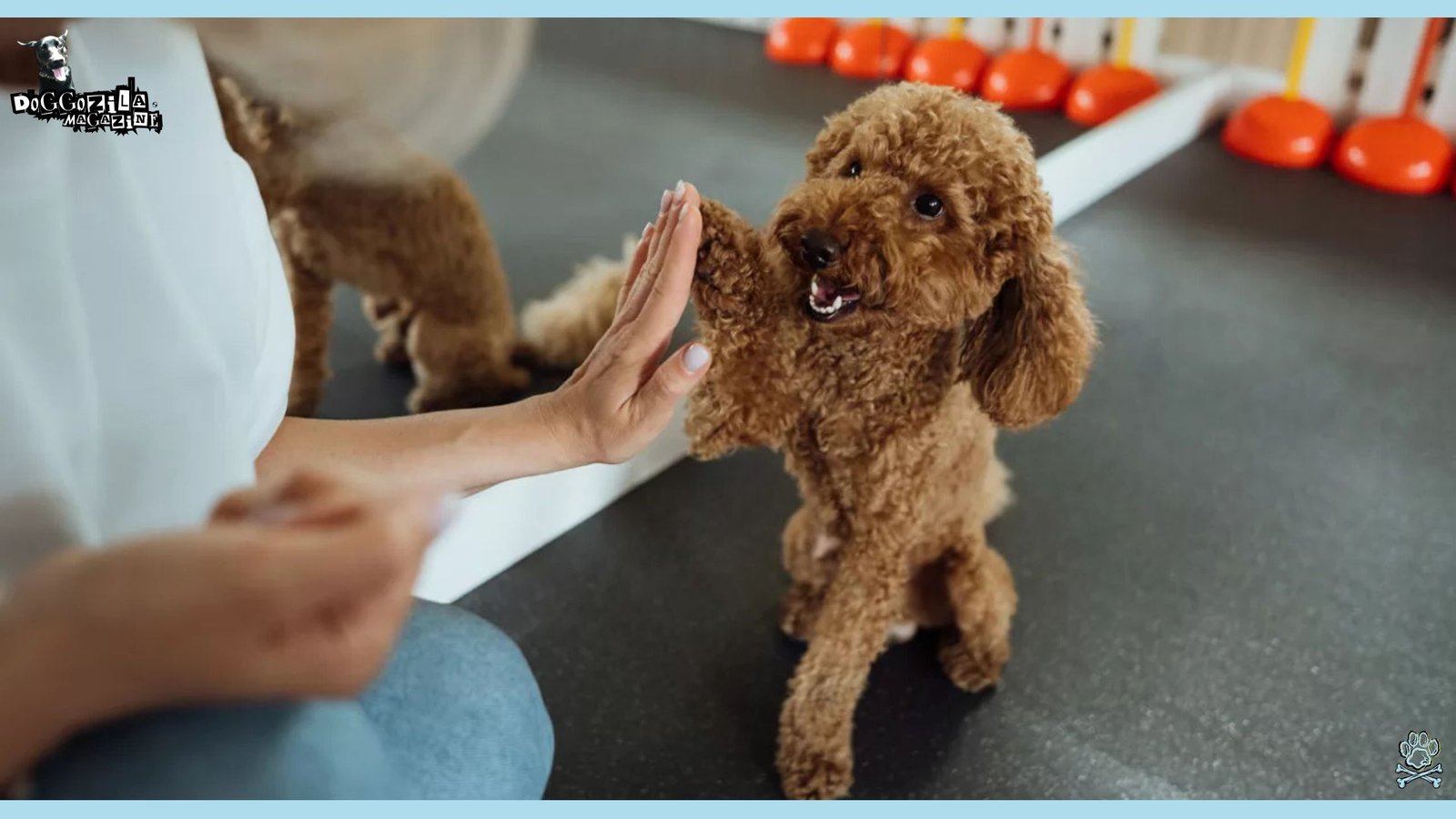
COMMON CHALLENGES AND SOLUTIONS FOR TRAINING A SENIOR DOG
Training a senior dog isn’t always smooth sailing, but challenges can be managed. Understanding common issues helps you respond with patience and creativity. Every dog is different, so stay flexible in your approach. The right strategy turns obstacles into opportunities for growth.
do not forget the Fact that you can teach an old dog many new tricks!
Stubbornness or Resistance
Years of habits can make seniors seem “stubborn.” Instead of forcing compliance, make training feel like a game. If they ignore “come,” try running away playfully to spark interest. Positive reinforcement works better than correction. Sometimes, they’re not being stubborn—just confused. Adjust your expectations and keep it fun.
Accidents During Training
Senior dogs may have weaker bladder control. If accidents happen, stay calm—never scold. Stick to a strict potty schedule and use pee pads if needed. Training should reduce stress, not add to it. Frequent bathroom breaks prevent mishaps. If accidents increase, consult your vet.
When to Seek Professional Help for Training a Senior Dog
If your dog shows extreme confusion, pain, or aggression, consult a vet or certified trainer. Underlying health issues might hinder progress. A pro can tailor methods to your dog’s specific needs. Early intervention prevents bigger problems later. Don’t hesitate to ask for help—it’s a sign of love.
🔑 Key Points: Use Clear, Consistent Cues! Aging dogs may struggle with memory or sensory loss. Rely on simple, repeatable cues—whether visual, verbal, or scent-based—to guide them.
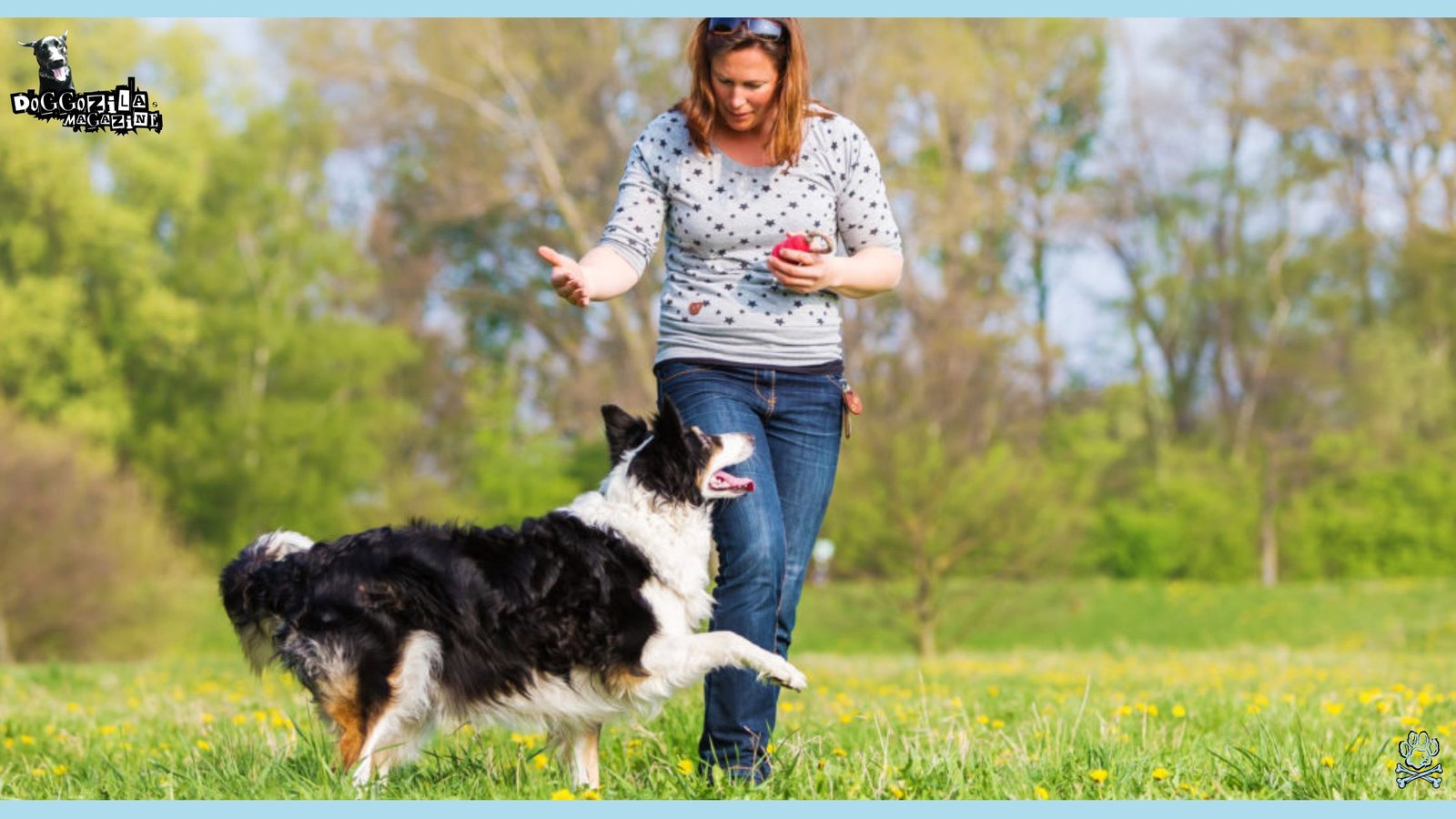
THE JOY OF TRAINING A SENIOR DOG
Watching an old dog learn is incredibly rewarding. Their wagging tail after mastering a tiny task proves age is just a number. With love, patience, and the right approach, your senior pup can enjoy training—and so will you! Every moment spent together is a gift. Their golden years are your chance to give back the love they’ve given you.
Celebrate Every Small Victory
Did your dog respond to a cue after three tries? Throw a mini-party! Seniors thrive on encouragement, and your excitement boosts their confidence. Progress may be slow, but every step counts. Small wins build momentum. Never underestimate the power of a happy dance.
Their Golden Years, Your Golden Moments
Training isn’t just about obedience—it’s about connection. The time spent guiding your senior dog strengthens your bond and keeps their spirit young. Cherish these moments; they’re priceless. Older dogs teach us patience and unconditional love. Every day with them is a blessing.
Final Advice: Patience is Everything
Senior dogs won’t perform like they used to, and that’s okay. Adjust expectations, focus on enjoyment, and let them set the pace. After all, they’ve spent years loving you—now it’s your turn to adapt for them. The journey matters more than the destination. Love makes every training session worthwhile.
🔑 Key Points: Choose the Right Rewards! Find what motivates your senior dog—whether it’s treats, toys, praise, or touch. Avoid overfeeding or hard treats that may be difficult to chew.

ESSENTIAL GEAR FOR SENIOR DOG TRAINING
Having the right tools can make training sessions more comfortable and effective for your aging companion. Specialized gear can compensate for physical limitations while keeping training fun. Invest in quality items that support their needs without causing strain. The right equipment shows you care about their well-being.
Supportive Harnesses for Mobility
A well-fitted harness provides better control and support than a collar. Look for padded designs that distribute pressure evenly. Front-clip harnesses help guide dogs with balance issues. For arthritic dogs, harnesses with handles allow you to assist them gently. Always measure your dog properly for the best fit.
Non-Slip Mats and Flooring
Slippery floors can be dangerous for senior dogs. Place rubber mats in training areas to improve traction. Yoga mats work well for small spaces. Consider interlocking foam tiles for larger areas. These provide cushioning for tender joints while preventing slips.
Adaptable Training Tools
Long-handled treat dispensers help dogs who can’t bend easily. Clickers with louder clicks work for hearing-impaired dogs. Scent-based markers assist vision-impaired pups. Puzzle feeders double as mental stimulation tools. Always choose tools that match your dog’s specific needs.
🔑 Key Points: Create a Safe and Senior-Friendly Space! Training areas should be familiar, quiet, and slip-proof. Use non-slip mats, good lighting, and keep essentials within easy reach to support their comfort.
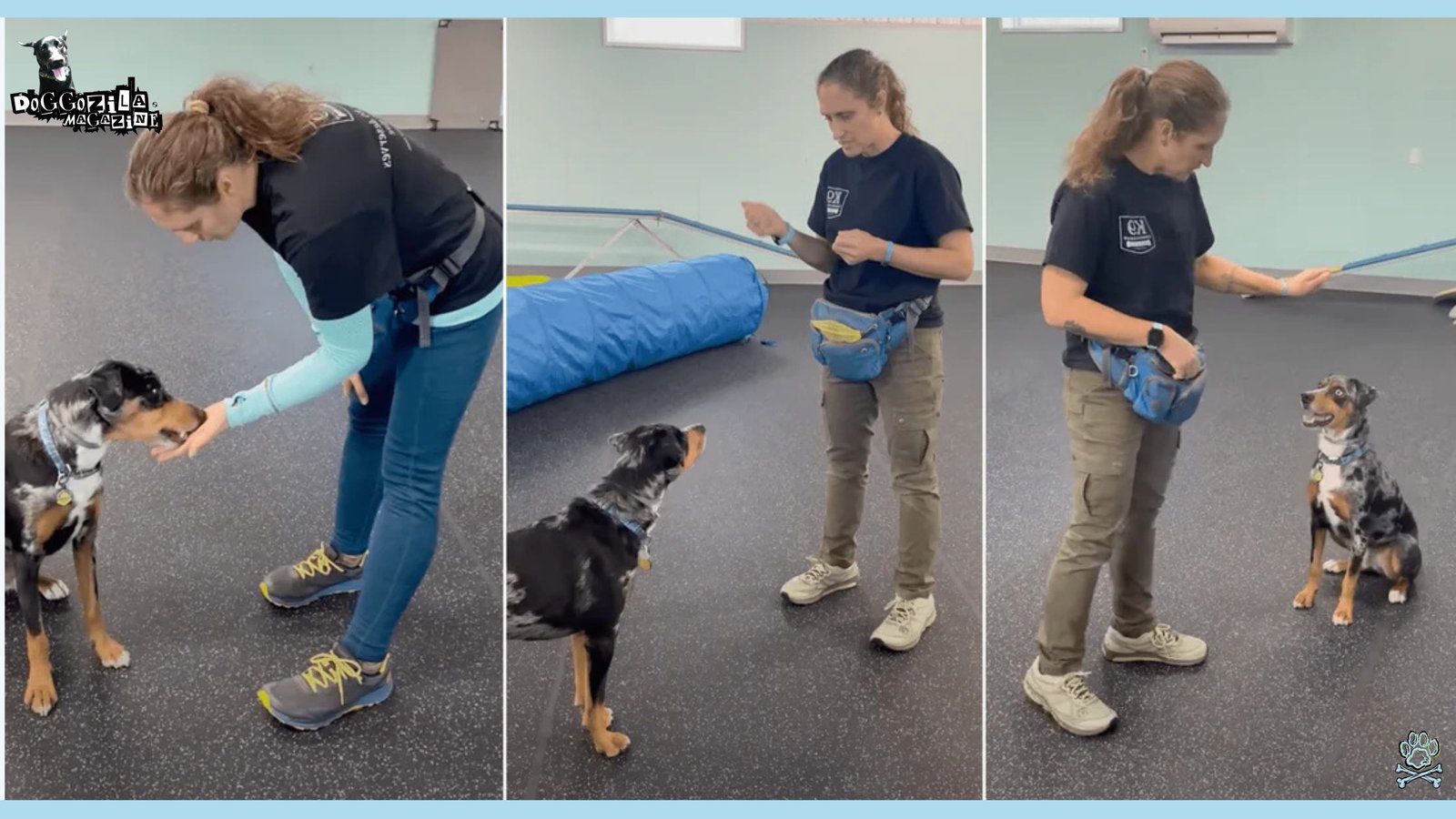
CREATING A SENIOR-FRIENDLY TRAINING ENVIRONMENT
The right training space can significantly impact your older dog’s success. A comfortable, familiar environment reduces stress and boosts learning. Small adjustments make big differences in their ability to focus and participate. Thoughtful preparation shows your commitment to their comfort.
Minimizing Distractions
Senior dogs get overwhelmed more easily than puppies. Train in quiet rooms without loud noises. Close windows to reduce outside distractions. Use baby gates to create contained spaces. Gradually introduce new environments once they master basics.
Consider the Temperature when Training a Senior Dog
Older dogs regulate body temperature poorly. Keep training areas comfortably warm in winter. Provide cooling mats in summer. Watch for panting or shivering during sessions. Adjust room temperature before starting. Hydration is extra important in extreme temperatures.
Accessible Setup
Place all training supplies within easy reach. Keep water bowls nearby. Use elevated food stations if bending is difficult. Arrange furniture to create clear pathways. Ensure good lighting for dogs with vision issues. Your preparation makes training smoother.
🔑 Key Points: Celebrate Small Wins! Progress might be slow, but every success counts. Encouragement builds confidence and strengthens the bond between you and your aging companion. The golden years are about connection, not perfection. Embrace the journey, adjust goals as needed, and let love and patience lead the way.
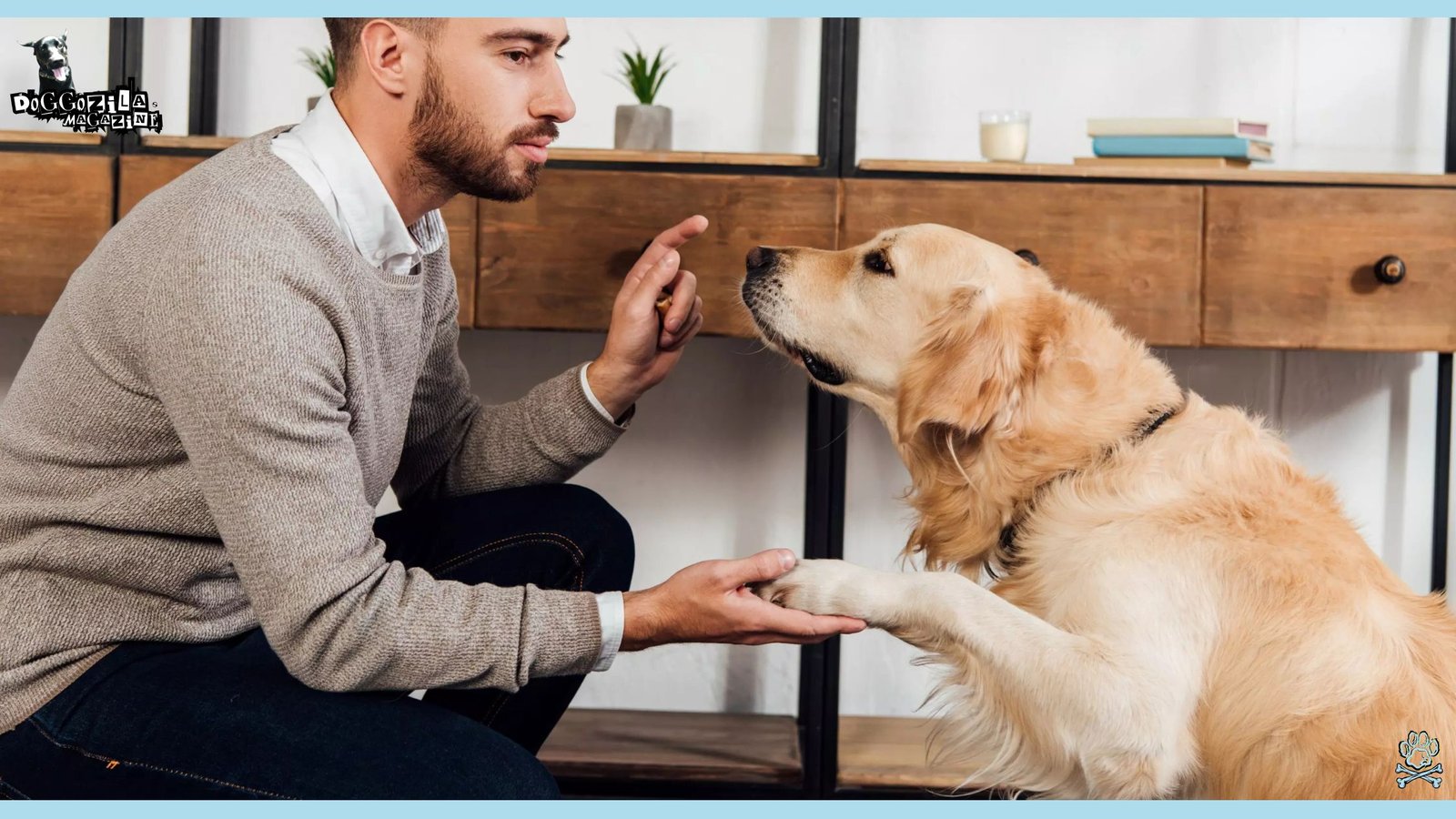
MAINTAINING PROGRESS AND LONG-TERM SUCCESS FOR SENIOR DOG TRAINING
Consistency is key when training a senior dog, but flexibility matters too. Sustainable routines accommodate their changing abilities while reinforcing learning. Tracking progress helps identify what works best. Celebrate milestones while remaining adaptable to their evolving needs.
Establishing a Sustainable Routine
Stick to consistent training times each day. Morning sessions often work best when energy is higher. Keep a log of commands mastered and challenges. Adjust frequency based on their response. Quality matters more than quantity in senior training.
Incorporating Training into Daily Life
Reinforce commands during regular activities. Practice “stay” during meal prep. Use “come” when giving medication. Incorporate “sit” before walks. This reinforces learning naturally. Everyday moments become training opportunities.
Knowing When to Modify Goals
Be willing to adjust expectations as needed. If a command becomes difficult, find alternatives. Focus on maintaining existing skills over new ones. Prioritize commands that improve quality of life. Their comfort always comes before perfection.
By embracing these senior dog training tips, you’ll make their golden years fulfilling, fun, and full of love.
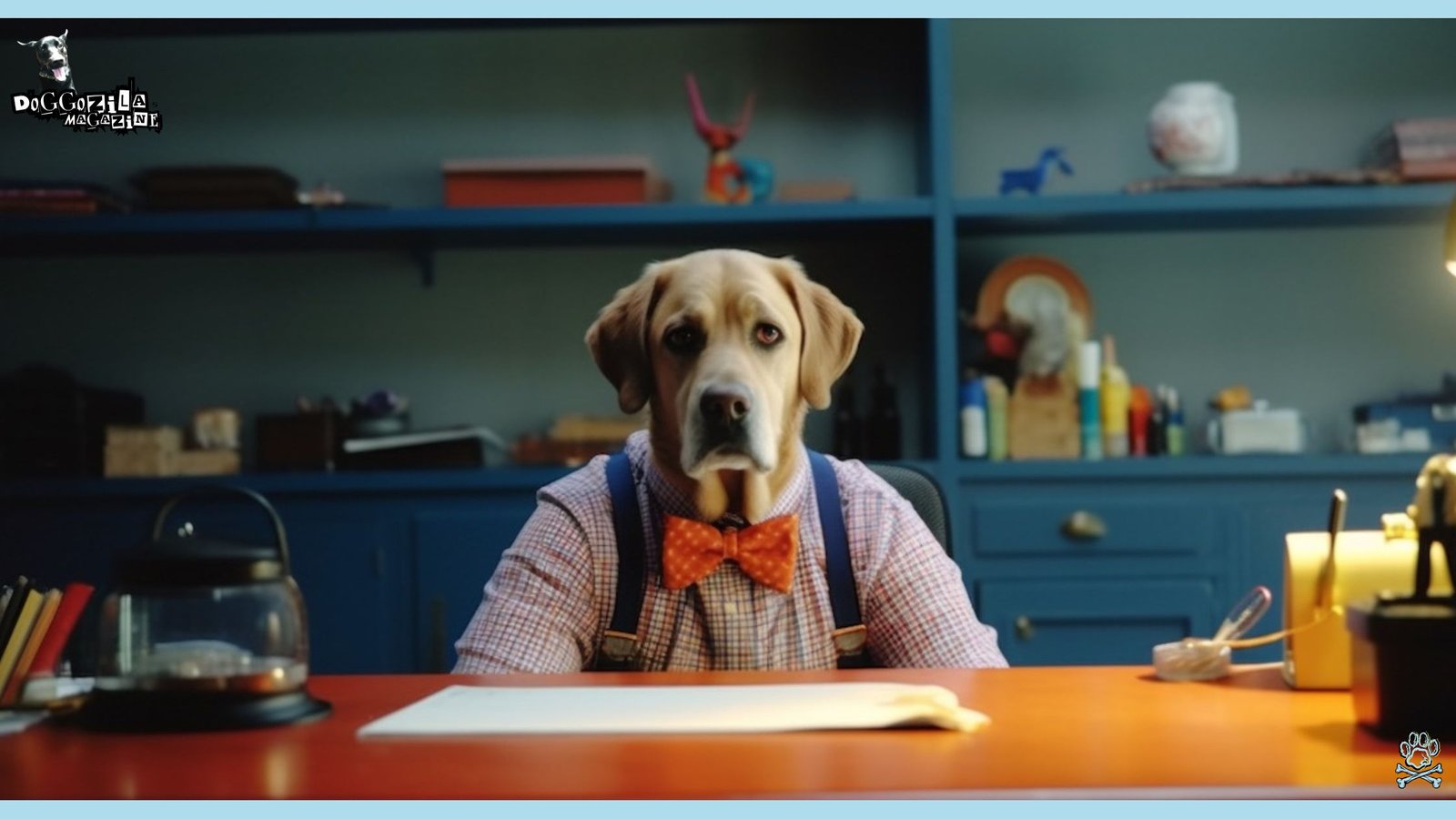
Happy training and don’t forget to have fun !!!





